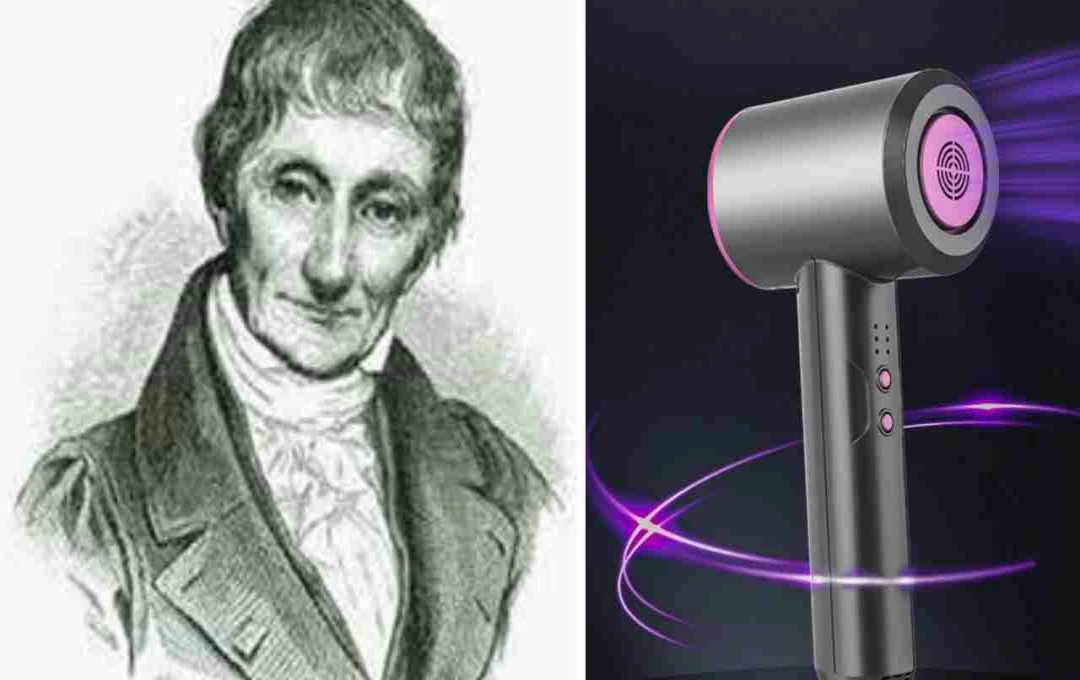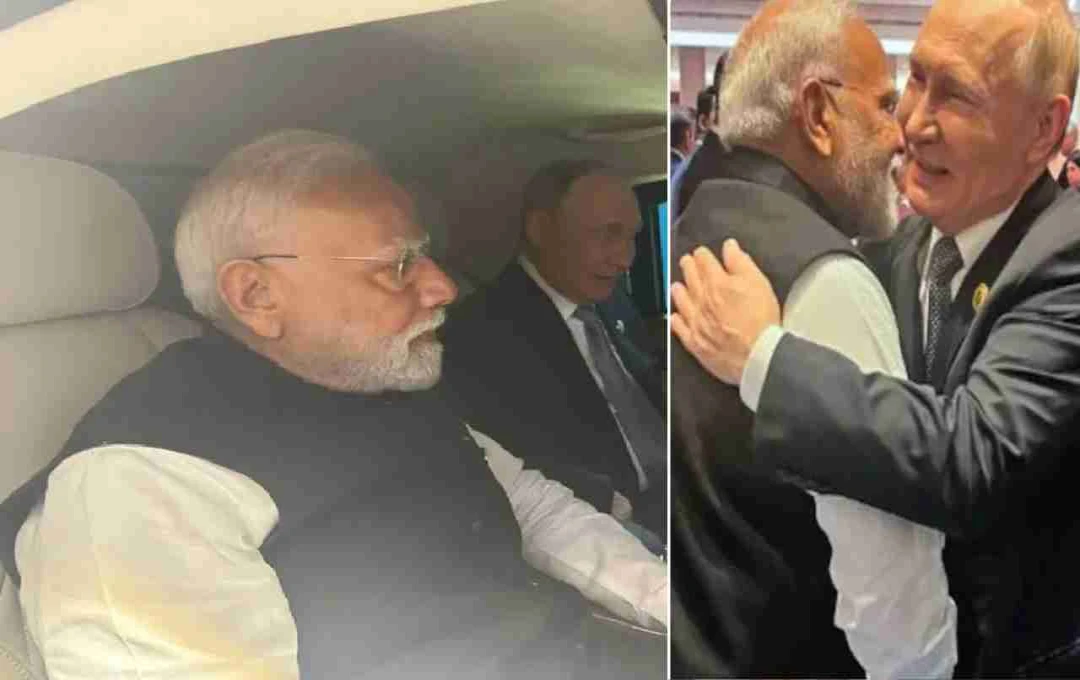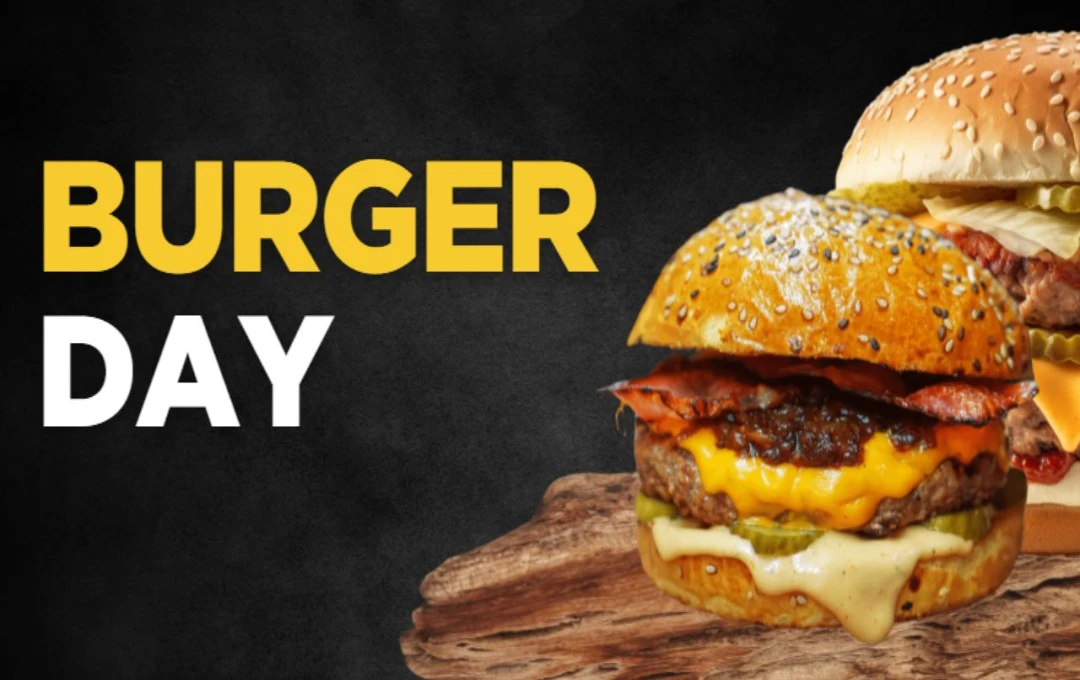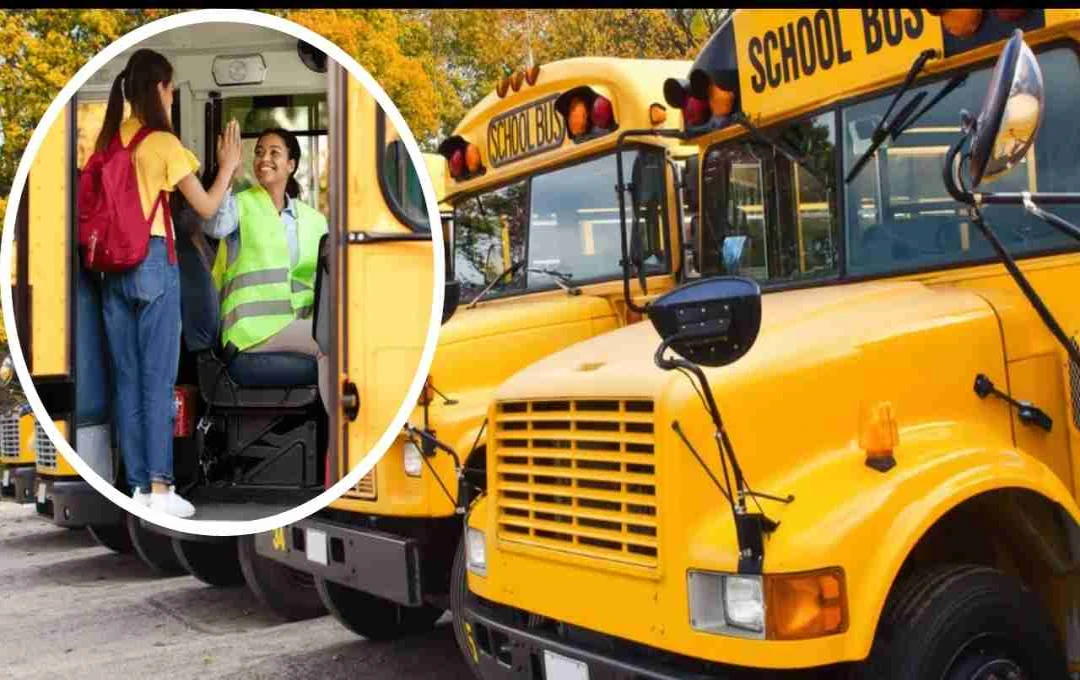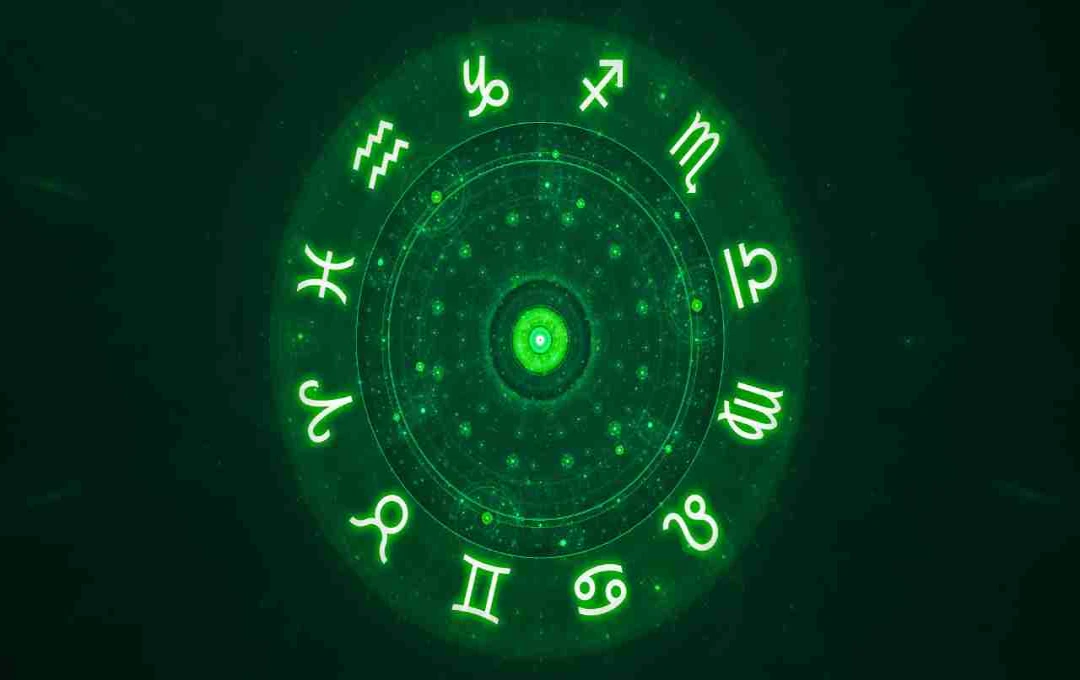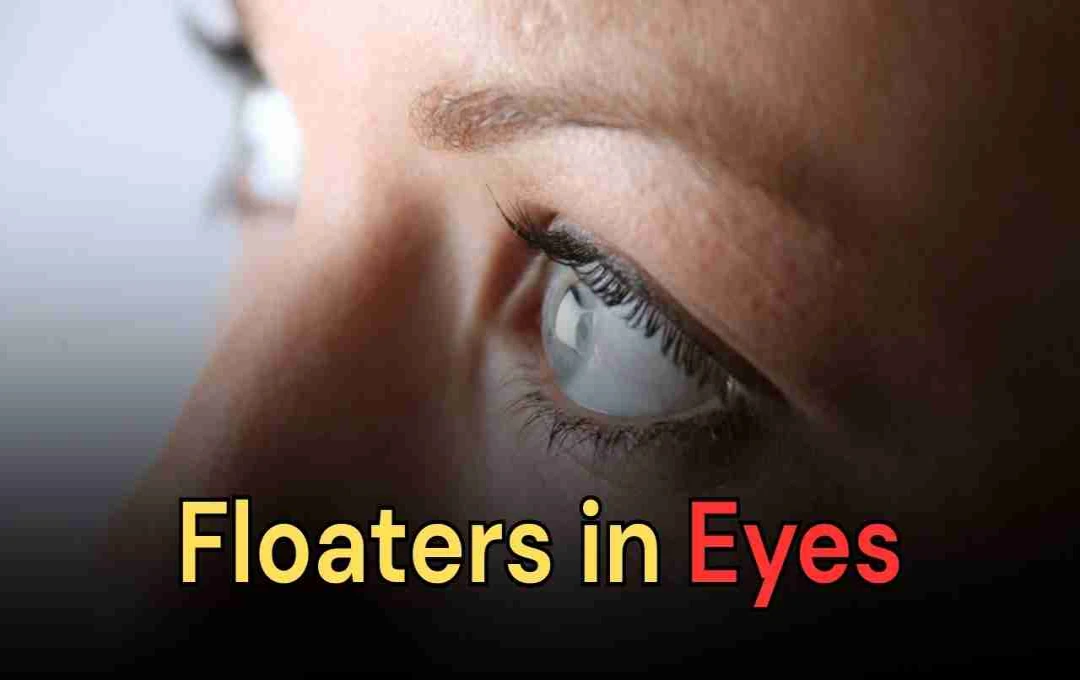A hair dryer is an electro-mechanical device that uses hot or warm air to dry and style hair. Modern handheld and rigid-hood dryers assist in both styling and hair protection.
Hair Dryer: A hair dryer, commonly referred to as a handheld dryer or blow dryer, is an electro-mechanical device that blows hot or warm air to dry and style hair. In modern life, the hair dryer is no longer confined to salons; it has become an essential appliance for domestic use. Its use creates temporary hydrogen bonds in the hair, which helps control hair shape and maintain style. These bonds are b but temporary and moisture-sensitive. After washing hair, these bonds break, allowing the hair to revert to its natural style.
Hairstyles created using a hair dryer gain volume, discipline, and clarity in appearance. This can be made more effective with the help of styling products, combs, and brushes. This device enables both professional stylists and ordinary users to give hair the correct shape and texture.
History of the Hair Dryer
The history of the hair dryer dates back to the late 19th century. The very first hair dryer was developed in 1888 by French stylist Alexandre Godefroy. It was a large, stationary device with a bonnet attached to a gas stove. It was not portable, and the user had to sit beneath it.
In 1911, Armenian-American inventor Gabriel Kazanjian patented the hair dryer in the United States. Handheld dryers entered the market in the 1920s. Dryers from this era were heavy and difficult to use, with common issues including electric shocks and overheating. Despite this, the device revolutionized the daily lives of women and became highly popular in beauty salons.
Technical changes in hair dryers during the 1920s primarily focused on motor capacity and external materials. The advent of lighter plastics and improved electric motors in the 1960s made hair dryers more popular and safer. In 1954, GEC made design modifications, housing the motor within the casing, thus increasing safety.
Function and Structure of a Hair Dryer
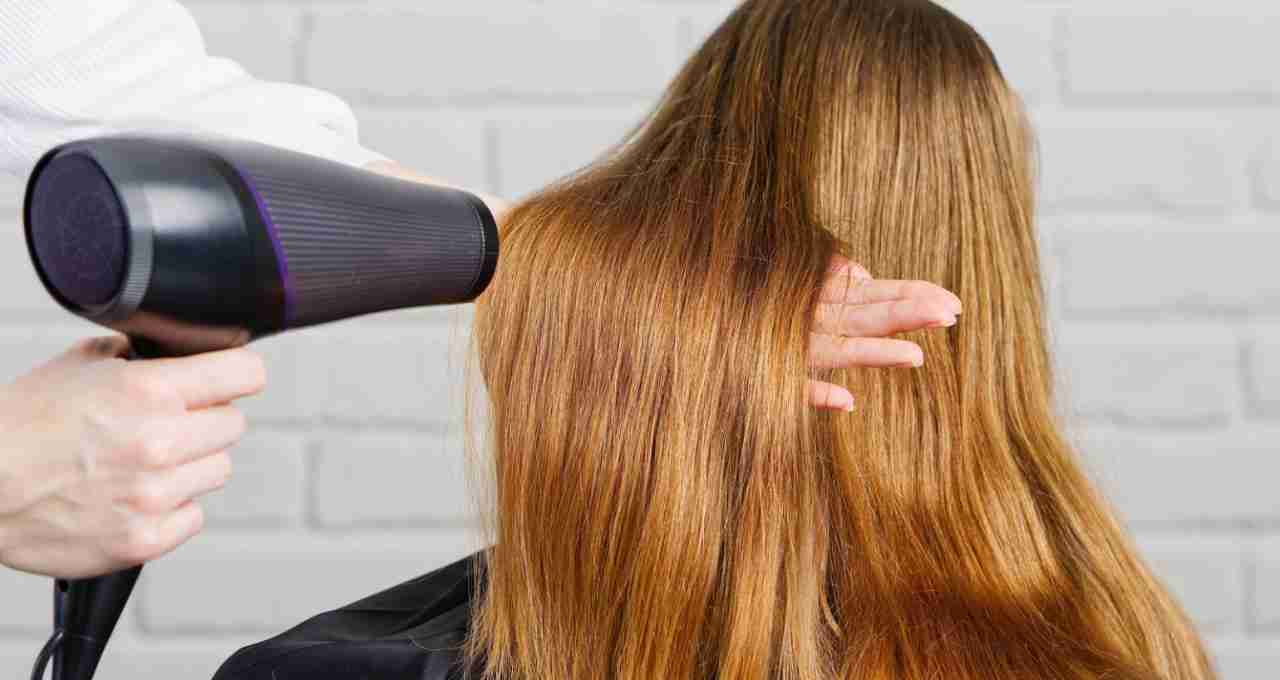
A simple hair dryer primarily consists of an electric heating coil and a fan. The fan blows air, while the heating element, often nichrome wire, provides heat to dry the hair. Modern dryers use ceramic heating elements, which heat up faster and dry hair in less time.
Many dryers feature a "cool shot" button, which helps set hair and maintain style. Some devices also incorporate ionic technology, which reduces static electricity in the hair, making it appear smoother and softer. However, the effectiveness of ionic technology is a subject of ongoing scientific debate.
Types of Hair Dryers
Nowadays, hair dryers are mainly of two types: handheld and rigid-hood dryers.
- Handheld Dryers: This is the most common type, widely used in both homes and salons. Hair can be dried and styled by holding it in hand.
- Rigid-Hood Dryers: These have a rigid plastic dome that is placed over the user's head. They are mainly found in salons and dry hair evenly and safely.
Additionally, modern hair dryers are also available in the form of brushes, round brushes, and hot air brushes. Round brushes come in rotating and non-rotating types, used for adding volume and styling hair.
Hair Dryer Accessories
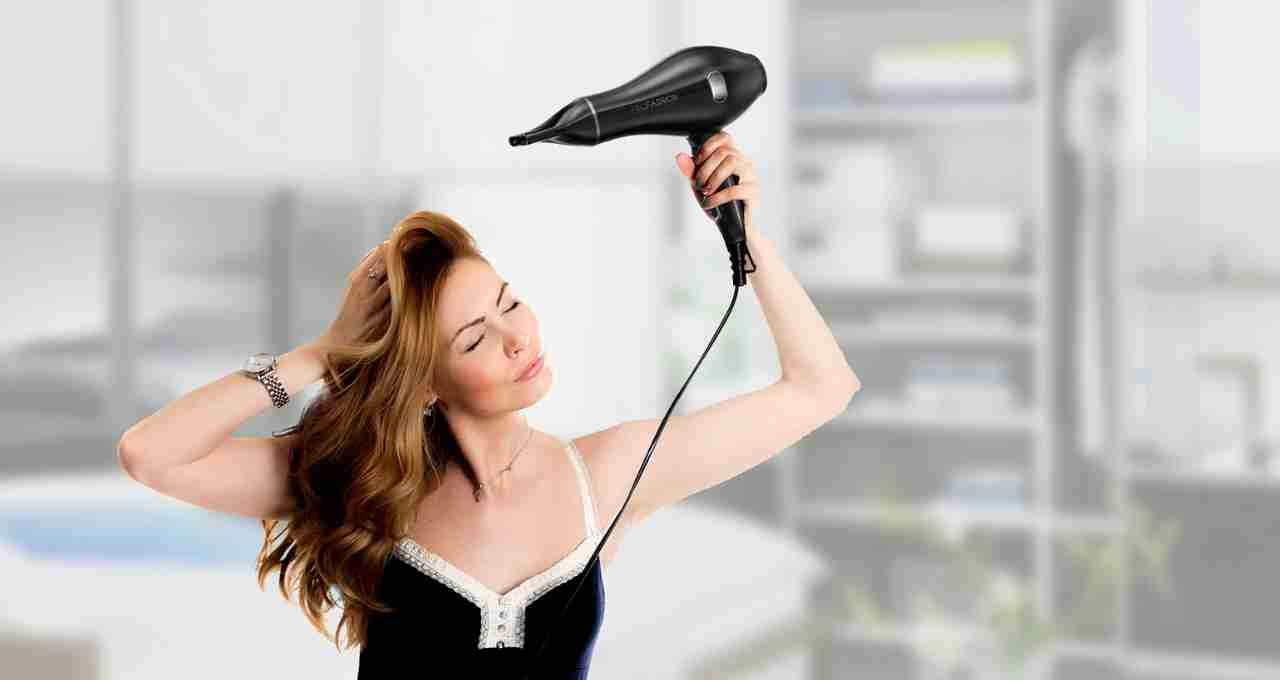
Hair dryers come with various attachments designed for different hair needs.
- Diffuser: Suitable for curly, fine, or permed hair. It spreads the airflow, drying hair gently and reducing the chance of frizz.
- Airflow Concentrator: This attachment focuses the hot air, allowing hair to dry quickly and precisely.
- Comb Nozzle: Similar to the airflow concentrator but with comb-like teeth, it helps style hair without a brush.
Hair Dryer Safety and Regulations
In the 1970s, the U.S. Consumer Product Safety Commission established safety standards for hair dryers. Since 1991, the use of Ground Fault Circuit Interrupters (GFCIs) has been mandatory in all dryers, preventing electric shocks when used on wet hair. Following this, accidents involving hair dryers significantly decreased.
Cultural Context
The impact of the hair dryer is not limited to beauty salons; it also reflects in culture and media. The British historical drama "Downton Abbey" mentions a portable hair dryer from the 1925 era. In 1971, the British soap opera "Coronation Street" depicted a character's death due to an electric shock from a hair dryer, illustrating the safety challenges of that time.
Today, the hair dryer is not just a tool for drying hair but has become a symbol of styling, confidence, and personal presentation. Its historical evolution has transformed it from a heavy, unsafe device into a lightweight, safe, and versatile instrument. Modern technology and attachments have made the hair dryer suitable and effective for all hair types. Today, whether for home use or professional salons, the hair dryer has established itself as an indispensable tool in hair care and styling.
